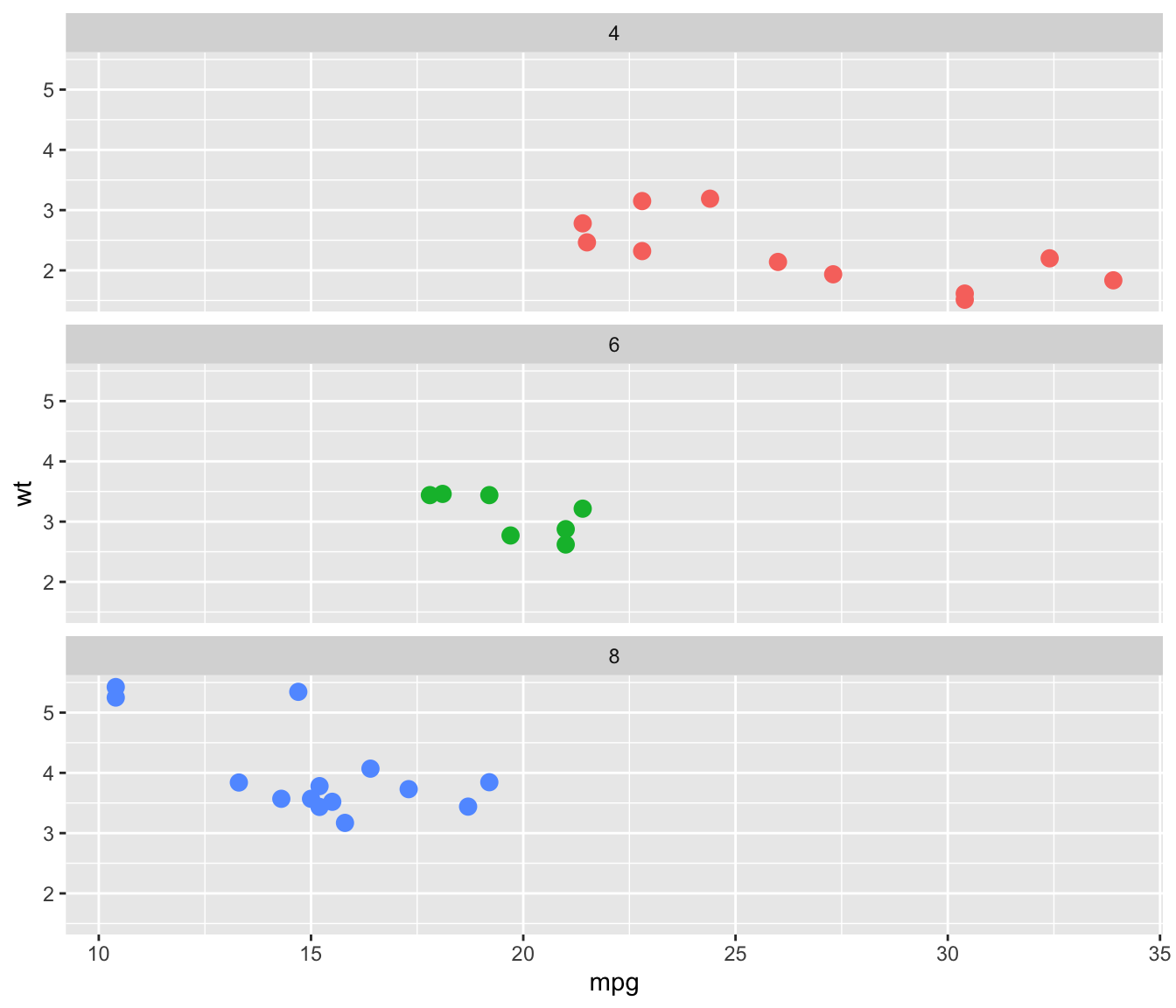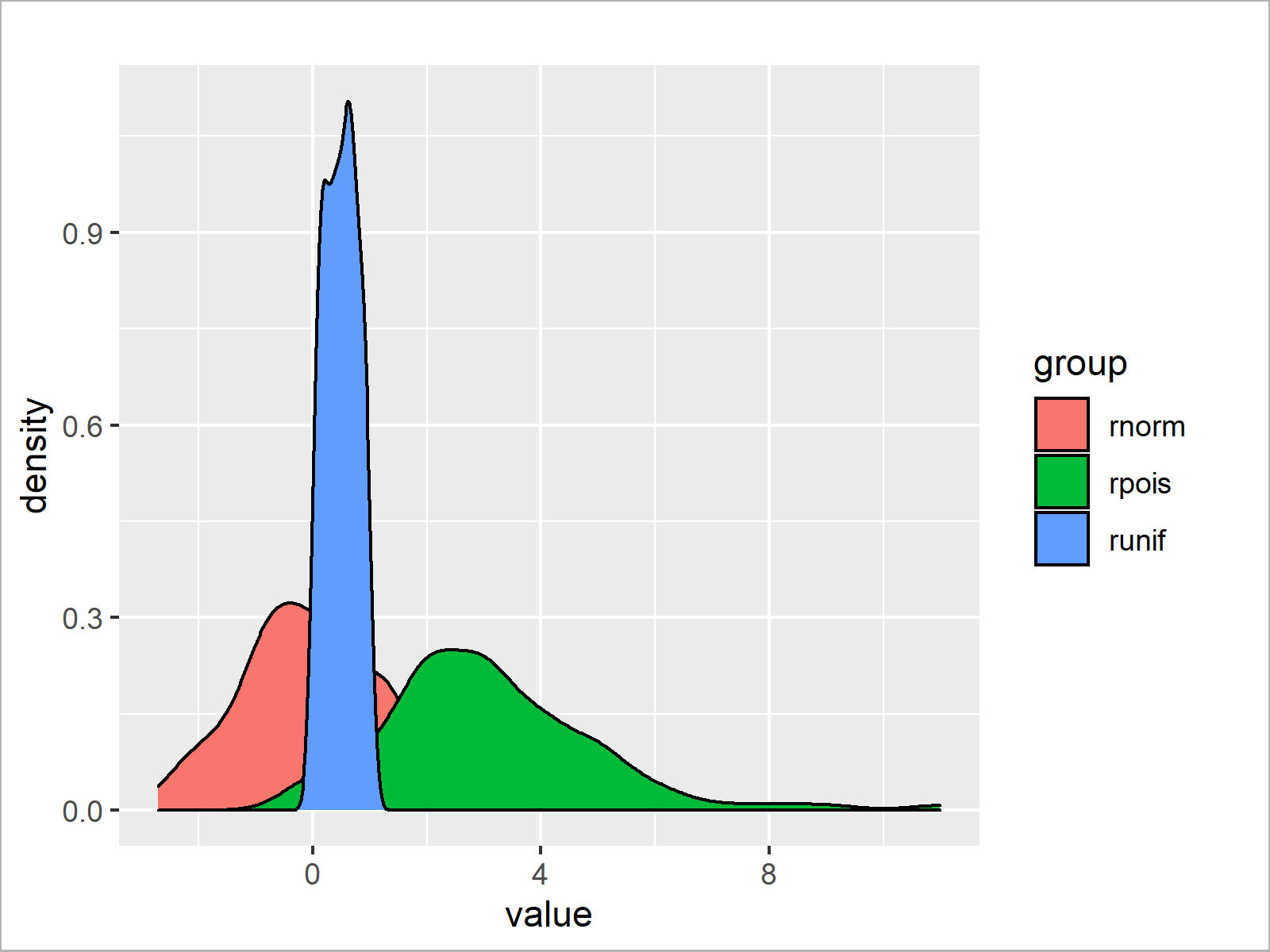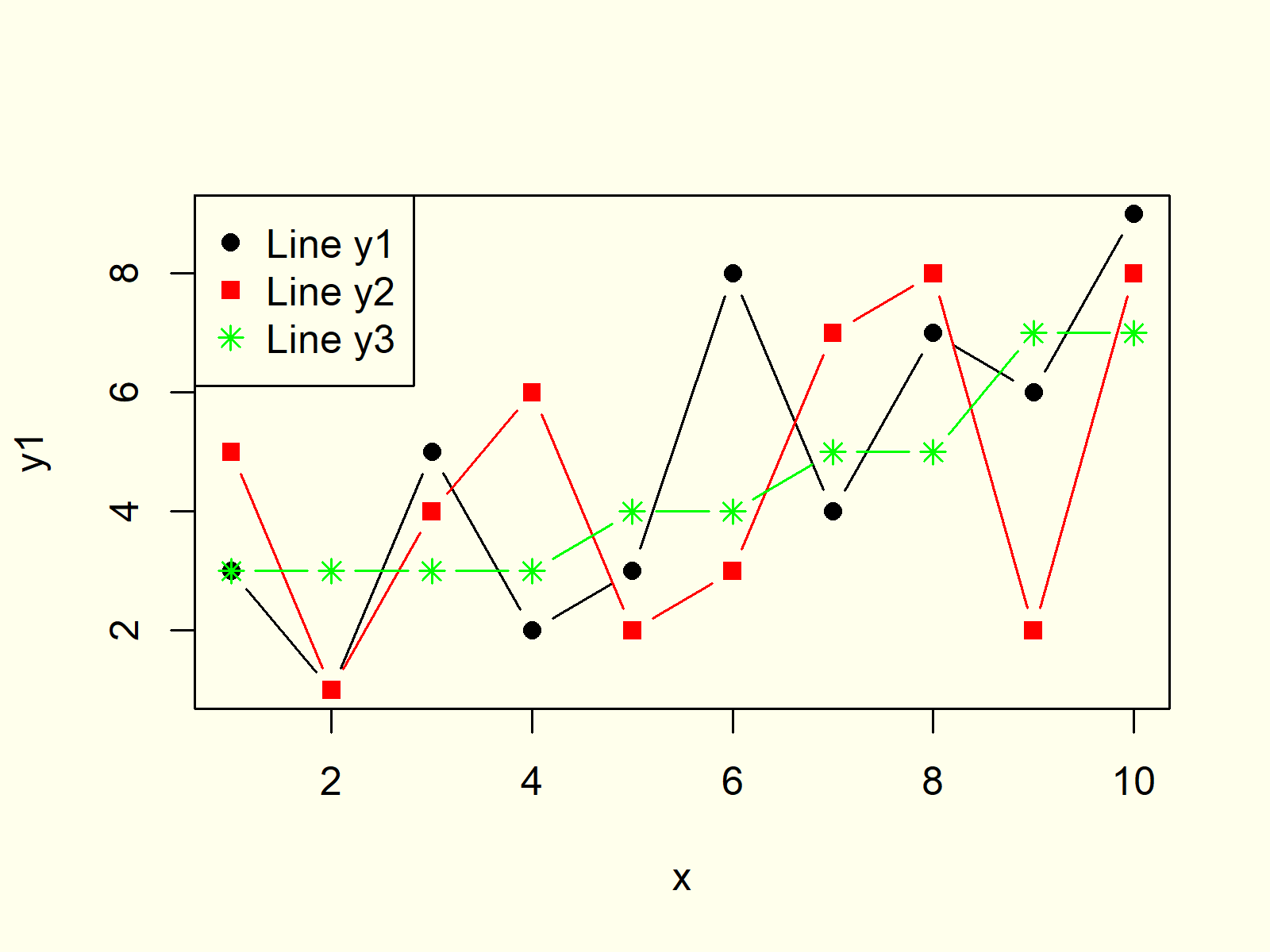

Ridge plot helps in visualizing the distribution of a numeric value for several groups. To learn more about bar plots and how to interpret them, learn about bar plots. To plot more than one curve on a single plot in R, we proceed as follows. Align multiple ggplot2 graphs with a common x axis and different y axes, each with different y-axis labels. Histogram is one of the important visualization for univariate analysis.

iplot() method with arguments kind (plot type), x (x-axis variable), y (y-axis variable), and mode argument removes the line connections setup by default with plotly. You can easily add the main title and axis labels with arguments to the plot() function in R to enhance the quality of your graphic. The basic solution is to use the gridExtra R package, which comes with the following functions. An R Markdown document is written in markdown (an easy-to-write plain text format) and contains chunks of embedded R code, like the document below. screens=c(1,2,1) would plot series 1, 2 and 3 in graphs 1, 2 and 1. Pie or doughnut charts can only have one series – multiple series are not supported yet. Data Visualization in R using ggplot2 with levels 'class' and hence plot the bar plot using be started from 0 and not the minimum value of the series. Plots several spatial maps in the same plotting window, with options to easily add a scale bar and north arrow. Viewing the same plot for different groups in your data is particularly difficult. With the use of a polar chart or gauge this will create interesting examples which are described later. This module covers how to work with, plot and subset data with date fields in R. Bar plots include 0 in the quantitative axis range, and they are a good choice when 0 is a meaningful value for the quantitative variable, and you want to make comparisons against it. However, a basic introduction is provided through this book, acting as a springboard into more sophisticated data mining directly in R itself. To create such a graph you will need to trick the Chart program in Excel which assumes the data are being presented for stocks. Using R for statistical analyses - Multiple Regression. For example, to create two side-by-side plots, use mfrow=c(1, 2. Stack Exchange network consists of 175 Q&A communities including Stack Overflow, the largest, most trusted online community for developers to learn, share their knowledge, and build their careers. This book helps you understand the theory that underpins ggplot2, and will help you create new types of graphics specifically tailored to your needs.The first time I made a bar plot (column plot) with ggplot (ggplot2), I found the process was a lot harder than I wanted it to be. It describes the theoretical underpinnings of ggplot2 and shows you how all the pieces fit together. If you’ve mastered the basics and want to learn more, read ggplot2: Elegant Graphics for Data Analysis. It provides a set of recipes to solve common graphics problems. If you want to dive into making common graphics as quickly as possible, I recommend The R Graphics Cookbook by Winston Chang.

If you’d like to follow a webinar, try Plotting Anything with ggplot2 by Thomas Lin Pedersen. If you’d like to take an online course, try Data Visualization in R With ggplot2 by Kara Woo. R for Data Science is designed to give you a comprehensive introduction to the tidyverse, and these two chapters will get you up to speed with the essentials of ggplot2 as quickly as possible. The Data Visualisation and Graphics for communication chapters in R for Data Science. Currently, there are three good places to start: If you are new to ggplot2 you are better off starting with a systematic introduction, rather than trying to learn from reading individual documentation pages.


 0 kommentar(er)
0 kommentar(er)
